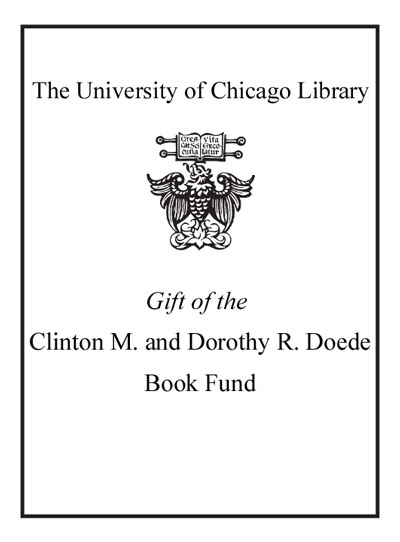Viral therapy of cancer /
Saved in:
| Imprint: | Chichester, England ; Hoboken, NJ : John Wiley & Sons, c2008. |
|---|---|
| Description: | xx, 404 p. : ill. ; 26 cm. |
| Language: | English |
| Subject: | |
| Format: | Print Book |
| URL for this record: | http://pi.lib.uchicago.edu/1001/cat/bib/7351228 |
Table of Contents:
- Foreword
- Preface
- Contributors
- 1. Adenoviruses
- 1.1. Introduction
- 1.2. Viral structure and life cycle
- 1.3. Adenoviral vectors
- 1.4. Targeting adenoviral vectors
- 1.5. Clinical applications of adenoviral gene therapy
- 1.6. Adenoviral vectors for immunotherapy
- 1.7. Adenoviral vectors for suicide gene therapy
- 1.8. Adenoviral vectors for gene replacement therapy
- 1.9. Oncolytic adenoviral therapy
- 1.10. Adverse outcomes of adenoviral gene therapy
- 1.11. Summary
- References
- 2. Application of HSV-1 Vectors to the treatment of cancer
- 2.1. Introduction
- 2.2. Basic biology of HSV
- 2.3. Replication competent or oncolytic vectors
- 2.4. Replication defective vectors
- 2.5. Amplicons
- 2.6. Impediments to the efficacy of HSV vectors for cancer gene therapy
- 2.7. Strategies to enhance the efficacy and specificity of HSV vectors for cancer gene therapy
- 2.8. Summary and conclusions
- Acknowledgements
- References
- 3. Adeno-associated virus
- 3.1. Introduction
- 3.2. Biology and life cycle of AAV
- 3.3. AAV serotypes
- 3.4. Production of recombinant AAV
- 3.5. Gene therapy for cancer treatment
- 3.6. Anti-oncogenic properties of AAV
- 3.7. Molecular chemotherapy studies with rAAV
- 3.8. AAV-mediated sustained transgene expression as a potential cancer gene therapy strategy
- 3.9. rAAV vectors have advantages in stimulating T helper 1/cytotoxic T lymphocyte responses
- 3.10. rAAV vectors can be used to initiate immune responses
- 3.11. Altering AAV tropism for tumour-specific delivery
- 3.12. Clinical trials involving rAAV
- 3.13. Conclusion
- Acknowledgements
- References
- 4. Retroviruses
- 4.1. Introduction
- 4.2. Structure of retroviral particles
- 4.3. Retroviral genome
- 4.4. Retroviral life cycle
- 4.5. Retroviral vectors
- 4.6. Safety of retroviral vectors: insertional mutagenesis
- 4.7. Gene therapy of X-linked SCID
- 4.8. Retroviral cancer gene therapy
- 4.9. Immunomodulatory approaches
- 4.10. Conclusions
- References
- 5. Lentiviral vectors for cancer gene therapy
- 5.1. Development of Lentiviral vectors (LV)
- 5.2. Targeting of transgene expression
- 5.3. Host immune responses to LV and their transgene
- 5.4. Transgenesis
- 5.5. Haematopoietic stem cell gene transfer
- 5.6. Cancer treatment by LV
- 5.7. Approved clinical trials using LV
- 5.8. Conclusions
- References
- 6. Poxviruses as immunomodulatory cancer therapeutics
- 6.1. Introduction
- 6.2. General features of poxvirus structure and biology
- 6.3. Clinically applicable poxviruses
- 6.4. Poxviruses as potential cancer therapeutics
- 6.5. Clinical experience with poxviruses
- 6.6. Conclusion
- References
- 7. Oncolytic herpes simplex viruses
- 7.1. Introduction
- 7.2. Herpes simplex virology
- 7.3. Properties of HSV relevant to oncolytic virus therapy
- 7.4. Mutations giving tumour-selective replication
- 7.5. Oncolytic HSV expressing fusogenic membrane glycoproteins (FMG)
- 7.6. Prodrug activation therapy and oncolytic HSV
- 7.7. Combination of oncolytic HSV with immunomodulatory gene expression
- 7.8. Combination of conventional therapies with oncolytic HSV
- 7.9. Summary
- Acknowledgement
- References
- 8. Selective tumour cell cytoto


